Italian National Agency for New Technologies, Energy and Sustainable Economic Development
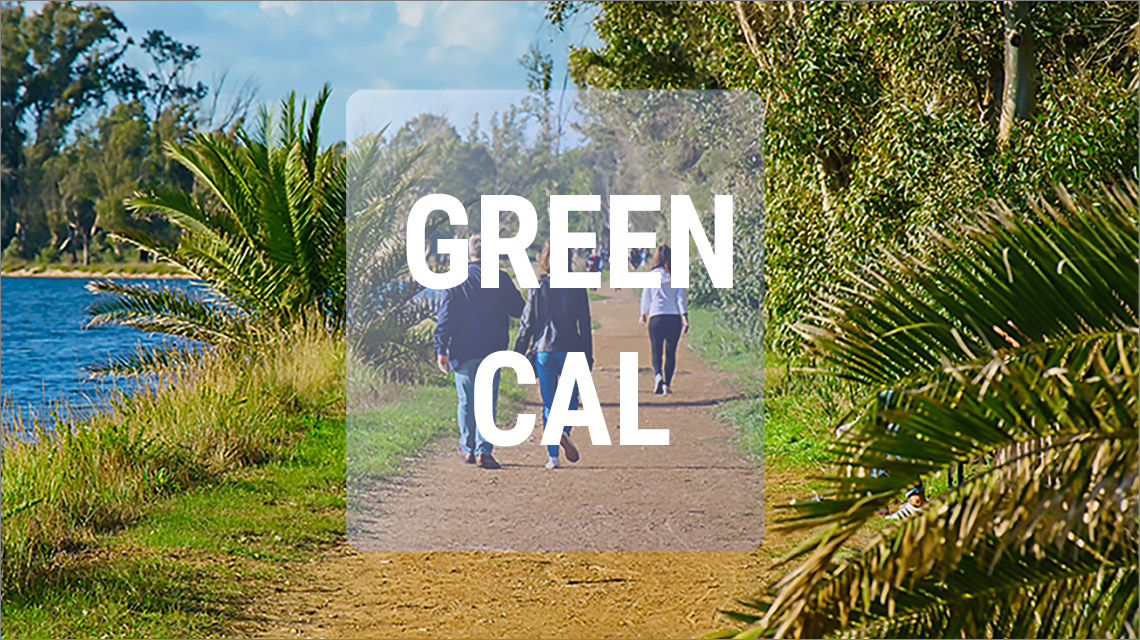
Environment: Public green, from ENEA a management model to reduce costs and fire hazard
ENEA has developed GREEN CA, a calculation model to plan urban green space interventions, fight degradation and fire hazard, especially in summer, and cut public management costs by up to 70%.
The application, the outcome of a study [1] just published in the scientific journal Land[2] was created by ENEA researchers in collaboration with Sapienza University of Rome and it integrates three elements: GIS systems [3] (for the census of number, position and extension of green areas), mowing techniques (use of brushcutters, lawnmowers, mulchers) and cutting costs, to makie it easier to plan interventions both for administrators and sector operators (Figure 1).
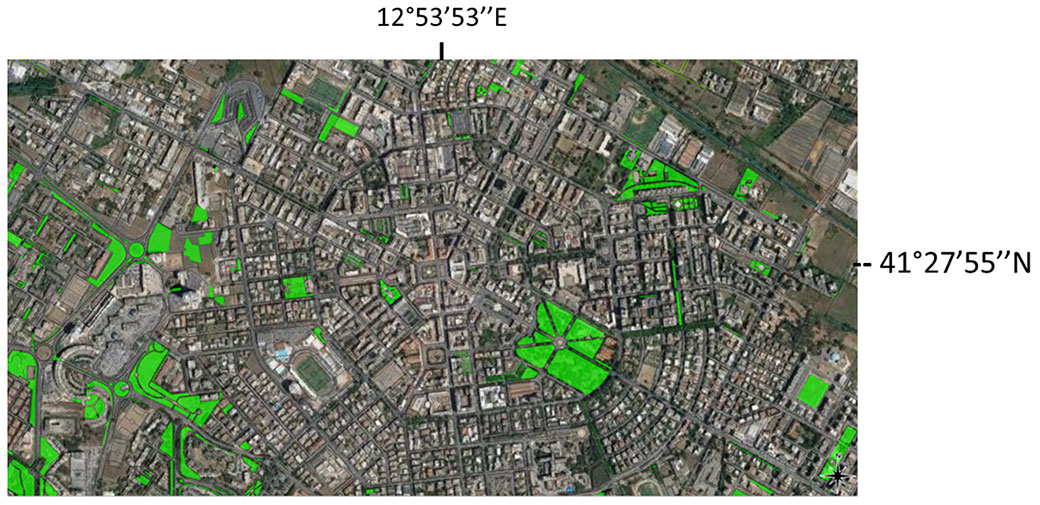
The calculation model was tested in Latina, a city in southern Lazio with approximately 130 thousand inhabitants on a surface of about 280 km2 with over 460 green areas spread over 160 hectares. Using the official rates, GREEN CAL has estimated a minimum annual charge of about 255 thousand euro (one intervention without collecting grass clippings) up to a maximum of almost 4 million euro (12 interventions including grass clippings collection - FIGURE 2 ).
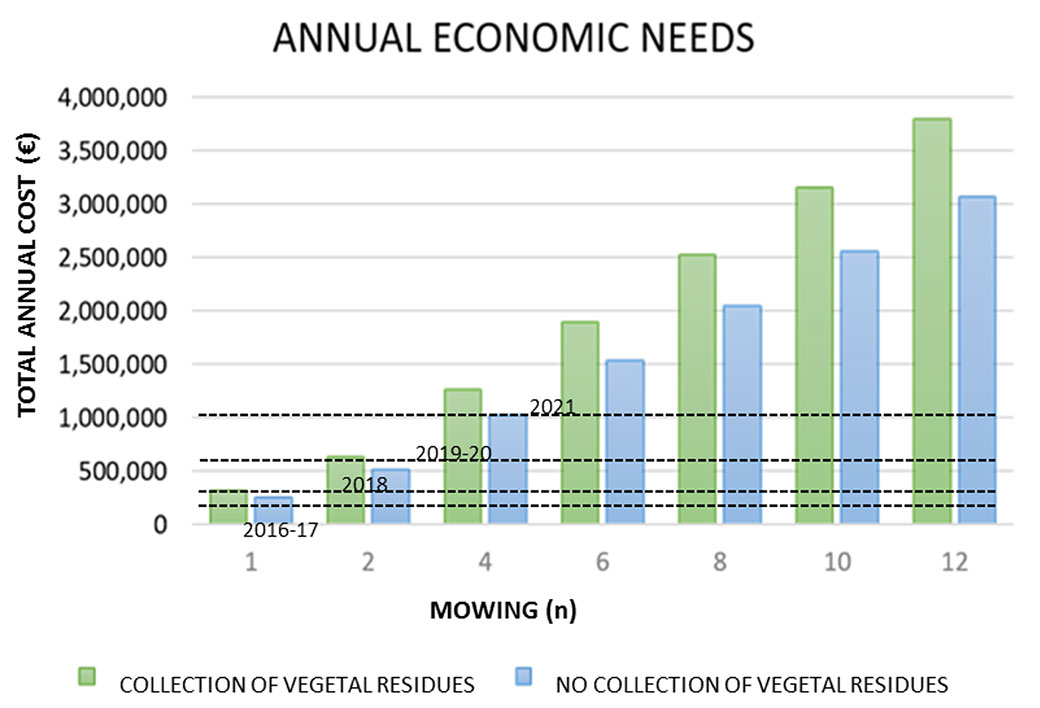
"The management of public parks is often prohibitively expensive for many local authorities but by performing a more 'flexible' maintenance, varying according to the degree of use of single public spaces by citizens, it is possible to slash costs up to a 1.2 million € / year, guaranteeing a high standard of safety and urban decor", explained Sergio Cappucci, at the ENEA Laboratory of Technologies for the Dynamics of Structures and the Prevention of Seismic and Hydrogeological Risk, one of the authors of the study (FIGURE 3). "GREEN CAL is also designed to optimize the use of water resources, reduce fire hazard with openings along corridors that interrupt the fire’s path and thus make civil protection plans more effective, and include citizens’ reports, whose contribution is increasingly important in the management of public green areas ”, said Cappucci.
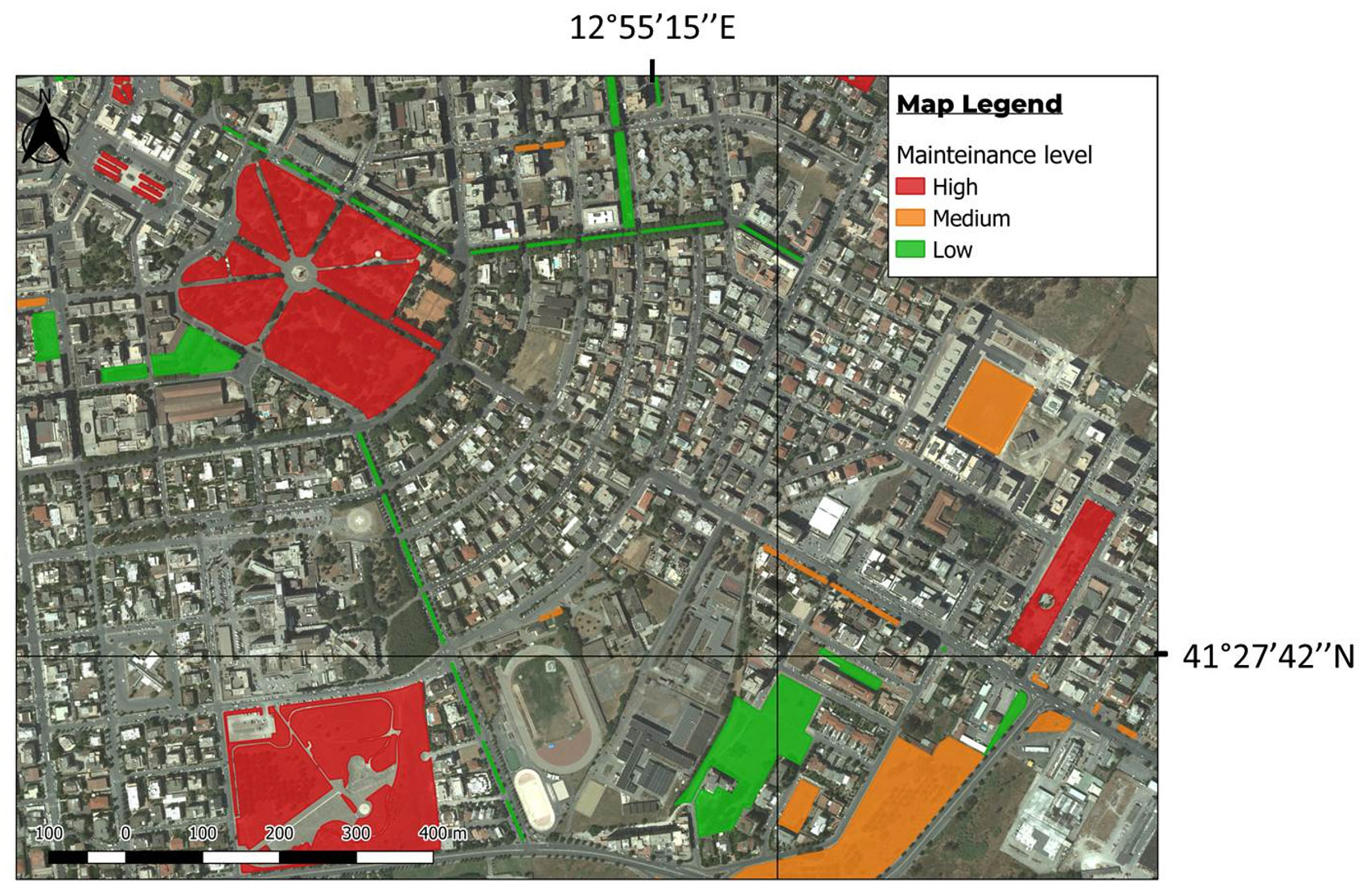
"The pandemic has heightened environmental awareness of citizens, who have expressed their need to have convenient access to urban green spaces. More and more administrations are adopting an integrated approach, fundamental to award contracts, in order to achieve a balance among users’ perception, quality of services and cost reduction ”said Andrea Cappelli, professor at the University of Rome La Sapienza.
The work also considered the prospects for the valorisation of clippings according to the principles of the circular economy, aiming at the reduction of organic waste (green waste accounts for about 28% of urban waste), at the closure of cycles (production of compost and digestate) and the recovery of phosphorous, a critical raw material included in the list of critical raw materials by the European Commission in 2017, for whose enhancement ENEA coordinates the Italian Phosphorus Platform (PIF), funded by the Ministry of Ecological Transition.
Algorithms, which attracted the attention of some important Italian municipalities, are also designed to be used internationally. The study also simulated reforestation actions in suburban areas that could favor the development of green belts present in various European countries, created to combat land consumption, heat waves and to mitigate the effects of climate change.
Several Action Plans for Sustainable Energy (SEAP) adopted by Italian municipalities foresee reforestation actions, also using the ESCo (Energy Service Company) which have already developed several new forests to contribute to the decarbonization process. In line with the new EU forestry strategy which commits to planting 3 billion additional trees by 2030, the study estimates that by planting 700 to 6,000 trees and shrubs on an area of approximately 20 hectares, it is possible to absorb up to to 100 tons of CO2 per year, i.e. the equivalent of the carbon dioxide emitted by low-emission vehicles (Euro 6) to travel 1 million km.
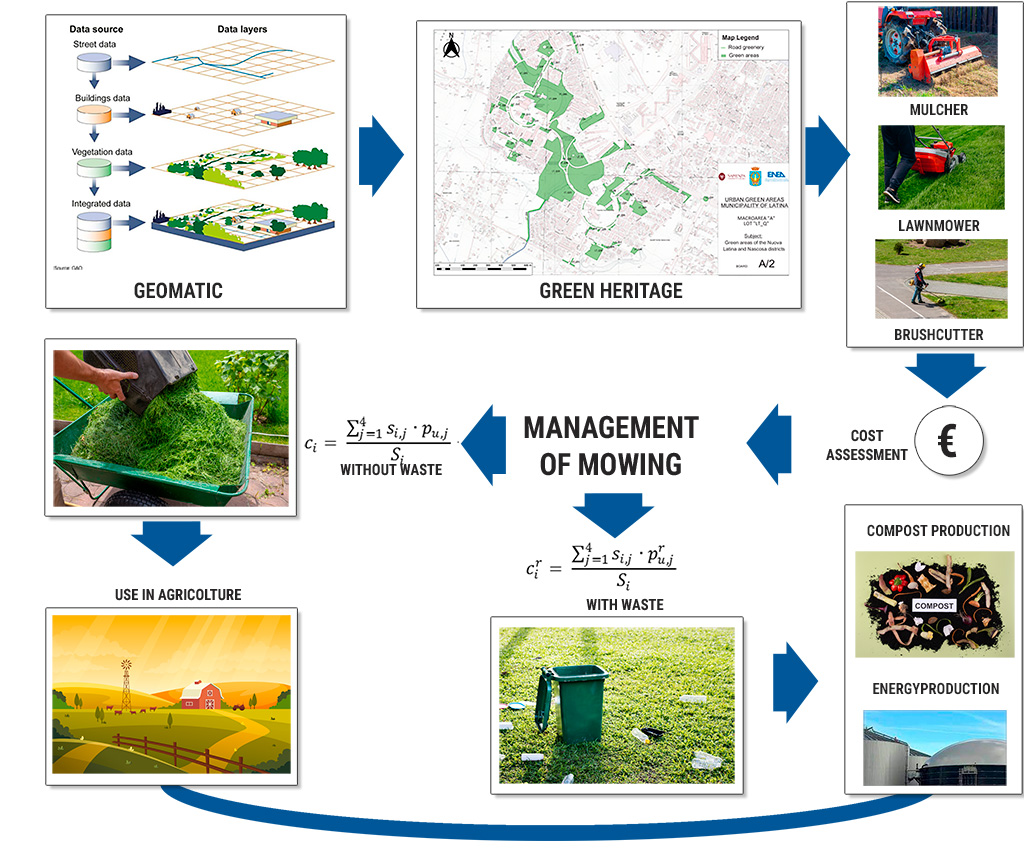
For more information:
Sergio Cappucci, ENEA – Laboratory of Technologies for the Dynamics of Structures and the Prevention of Seismic and Hydrogeological Risk,
To download the calculation module in open access mode: https://www.mdpi.com/2073-445X/11/6/886
Note
[1] https://www.mdpi.com/2073-445X/11/6/886 ( Sergio Cappucci, Serena Nappi, Andrea Cappelli)
[2] https://www.mdpi.com/journal/land/special_issues/geomatics_landscape Special Volume edited by Maurizio Pollino, Sergio Cappucci (ENEA) and Andrea Taramelli (IUSS PAVIA)
